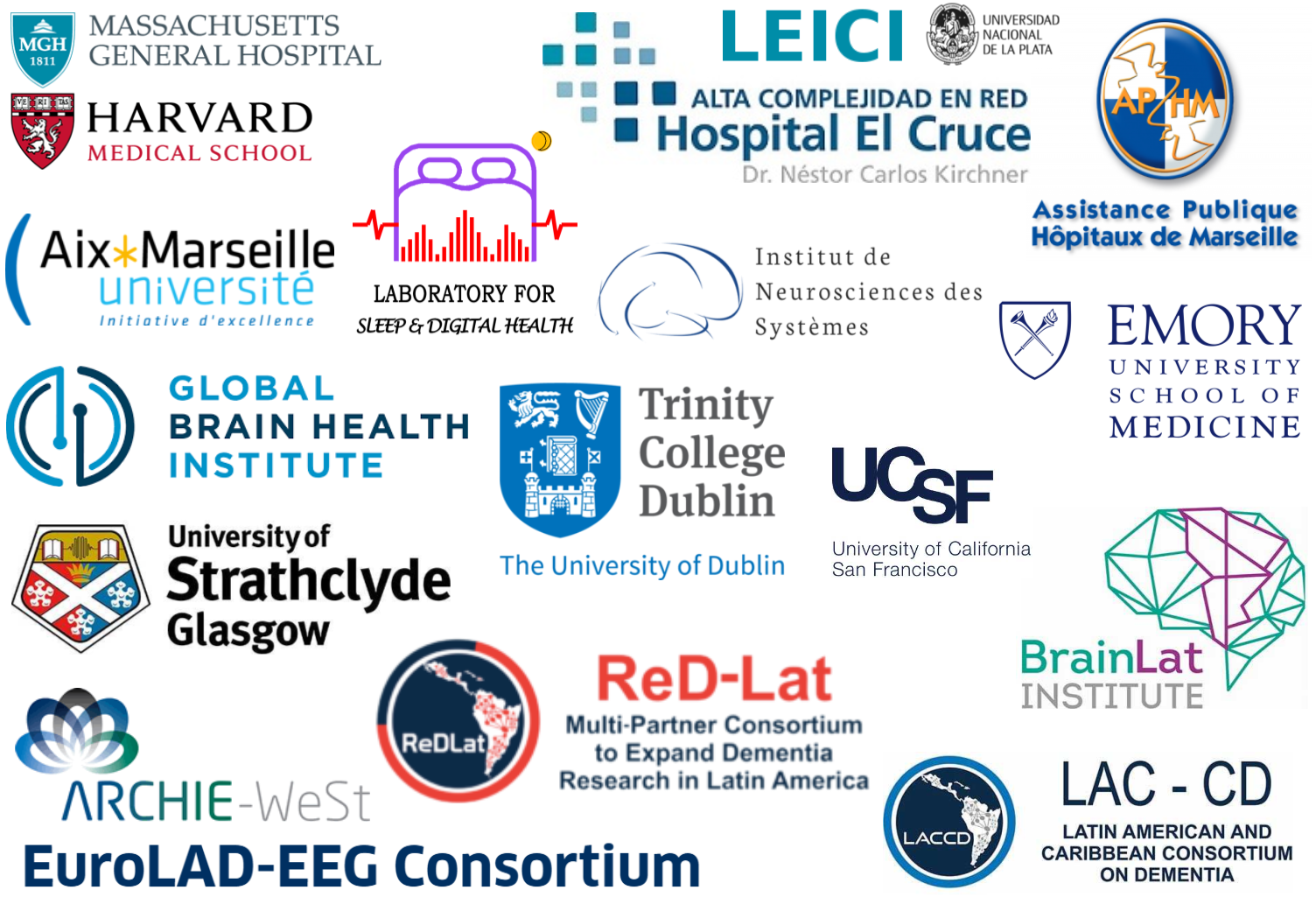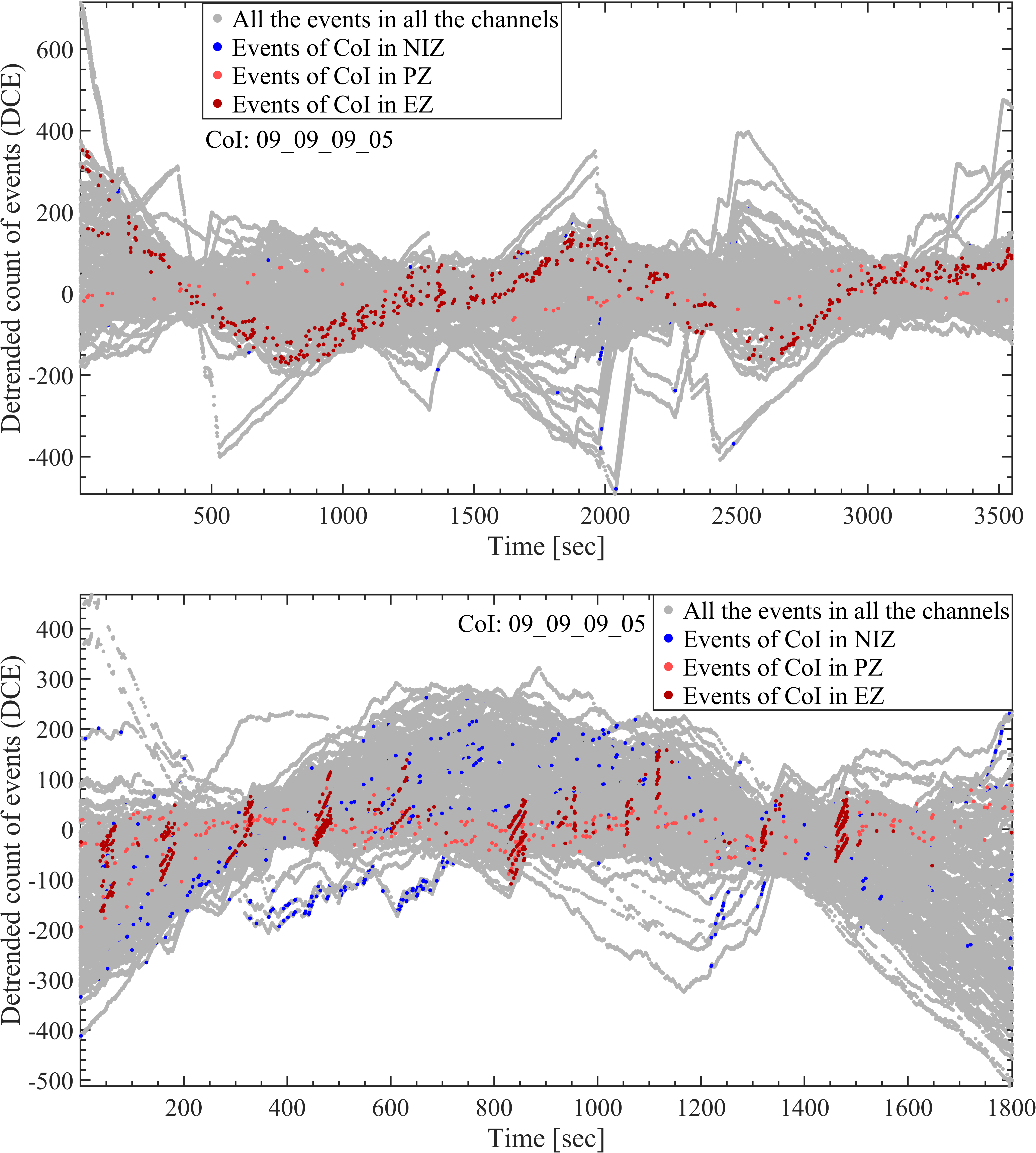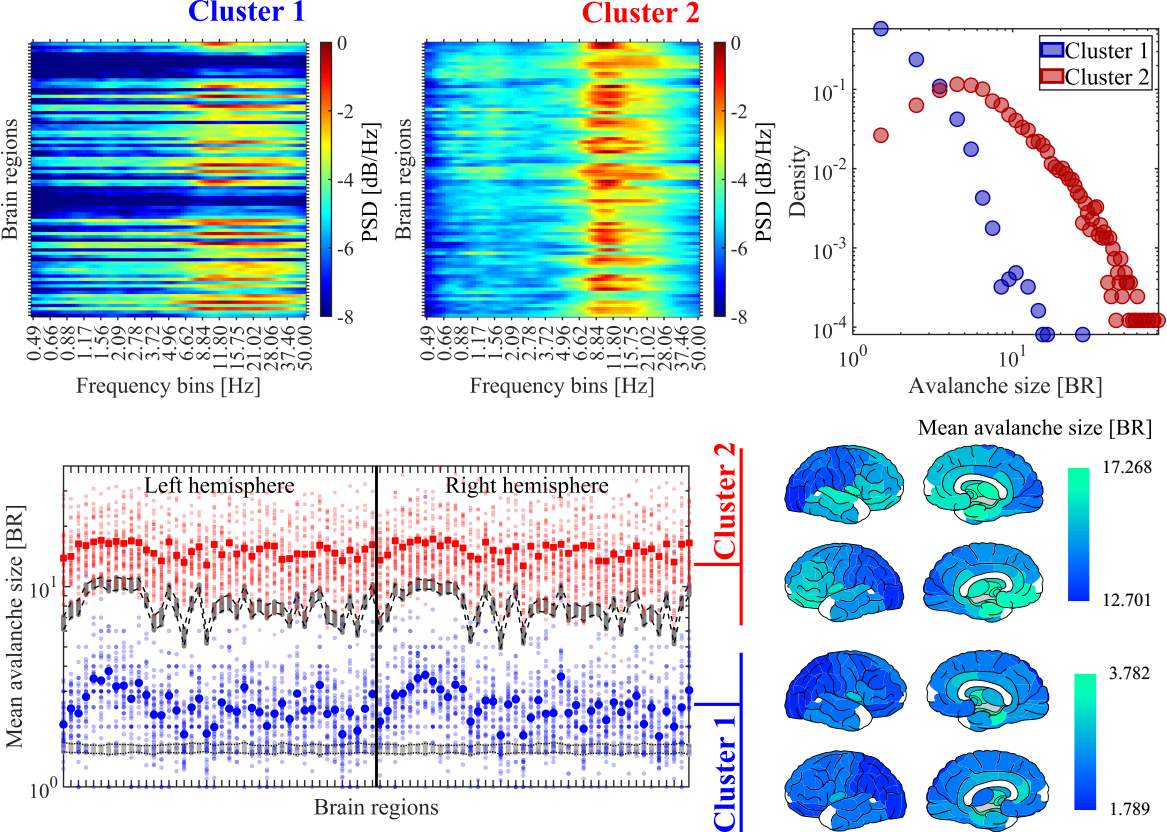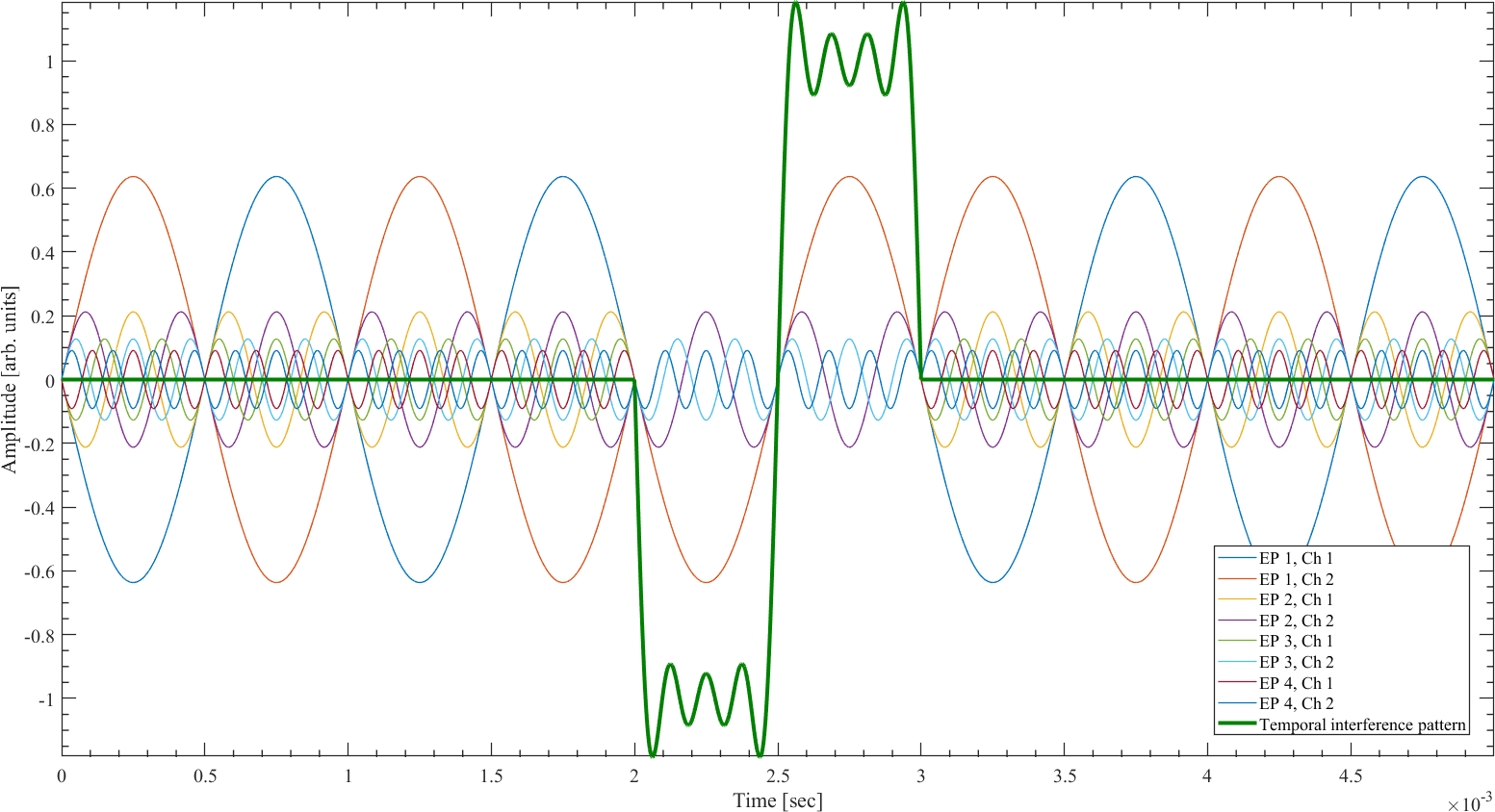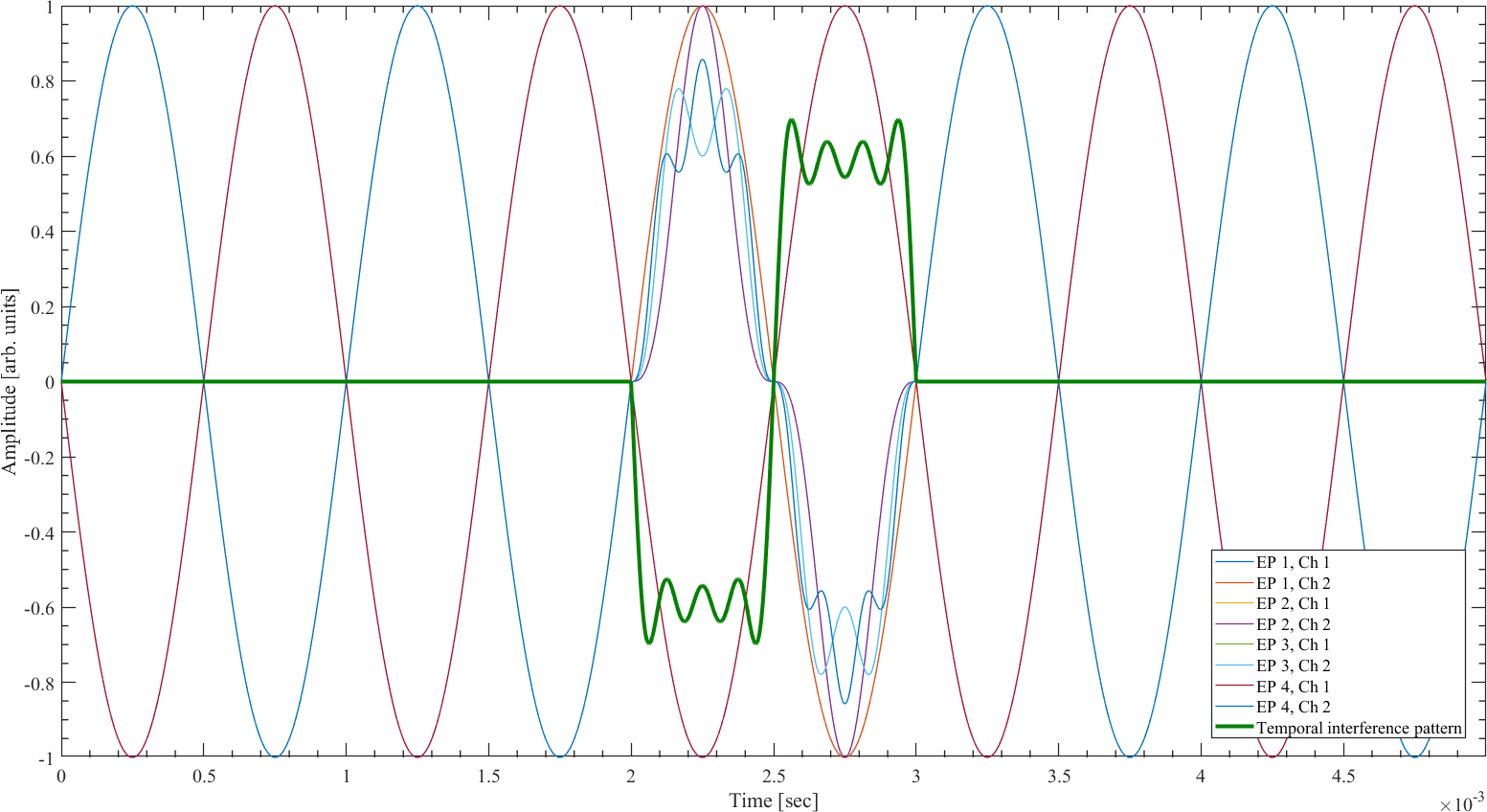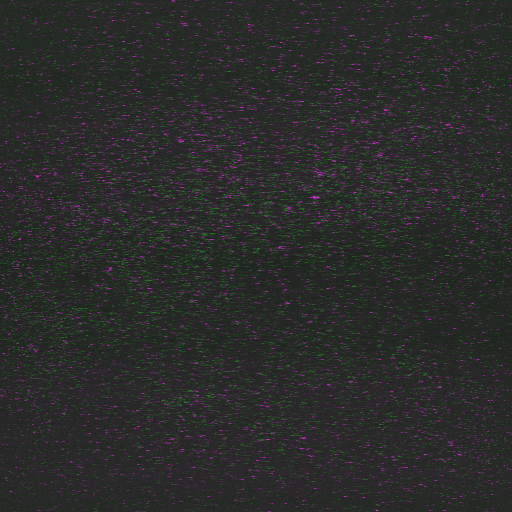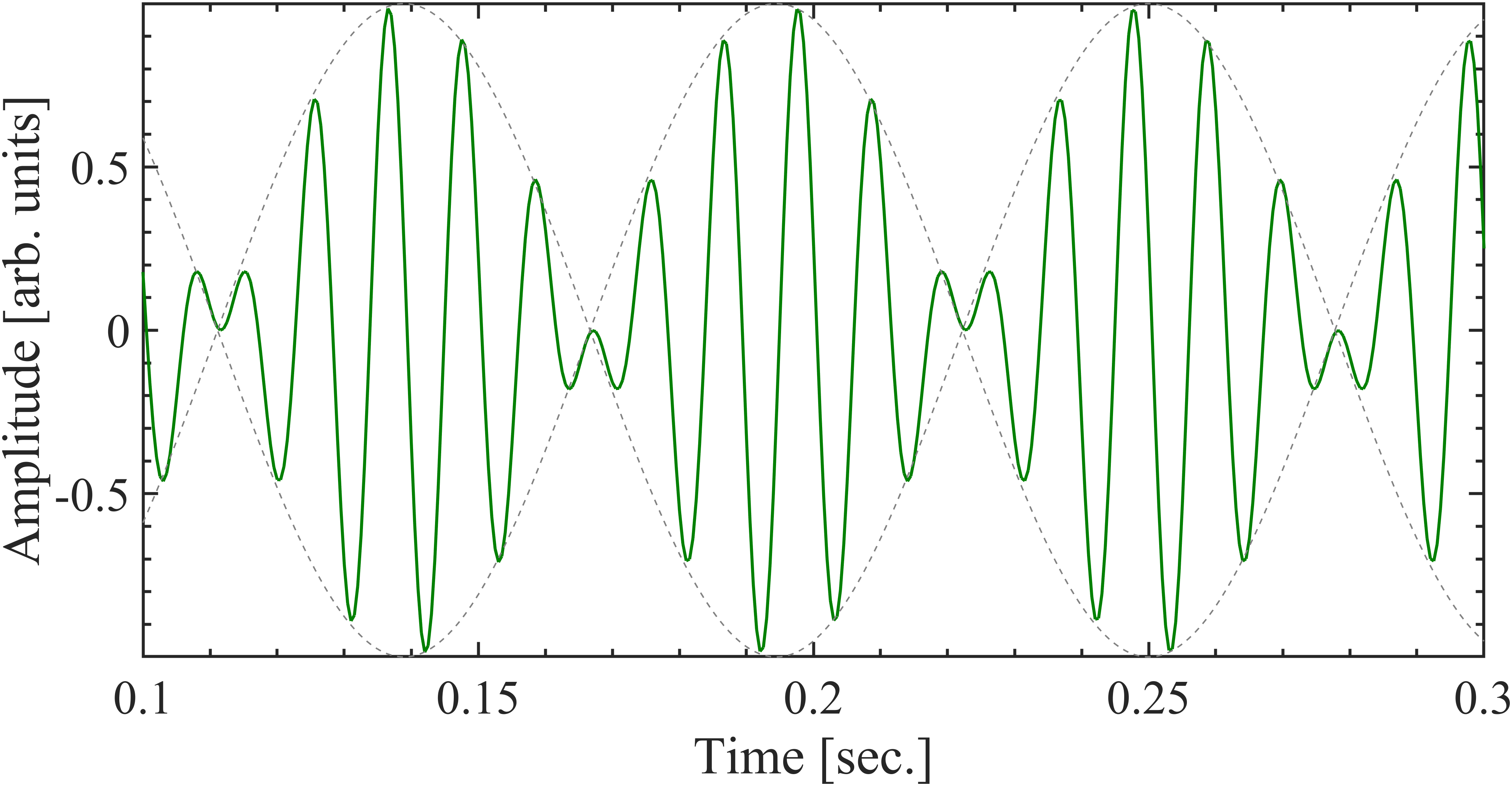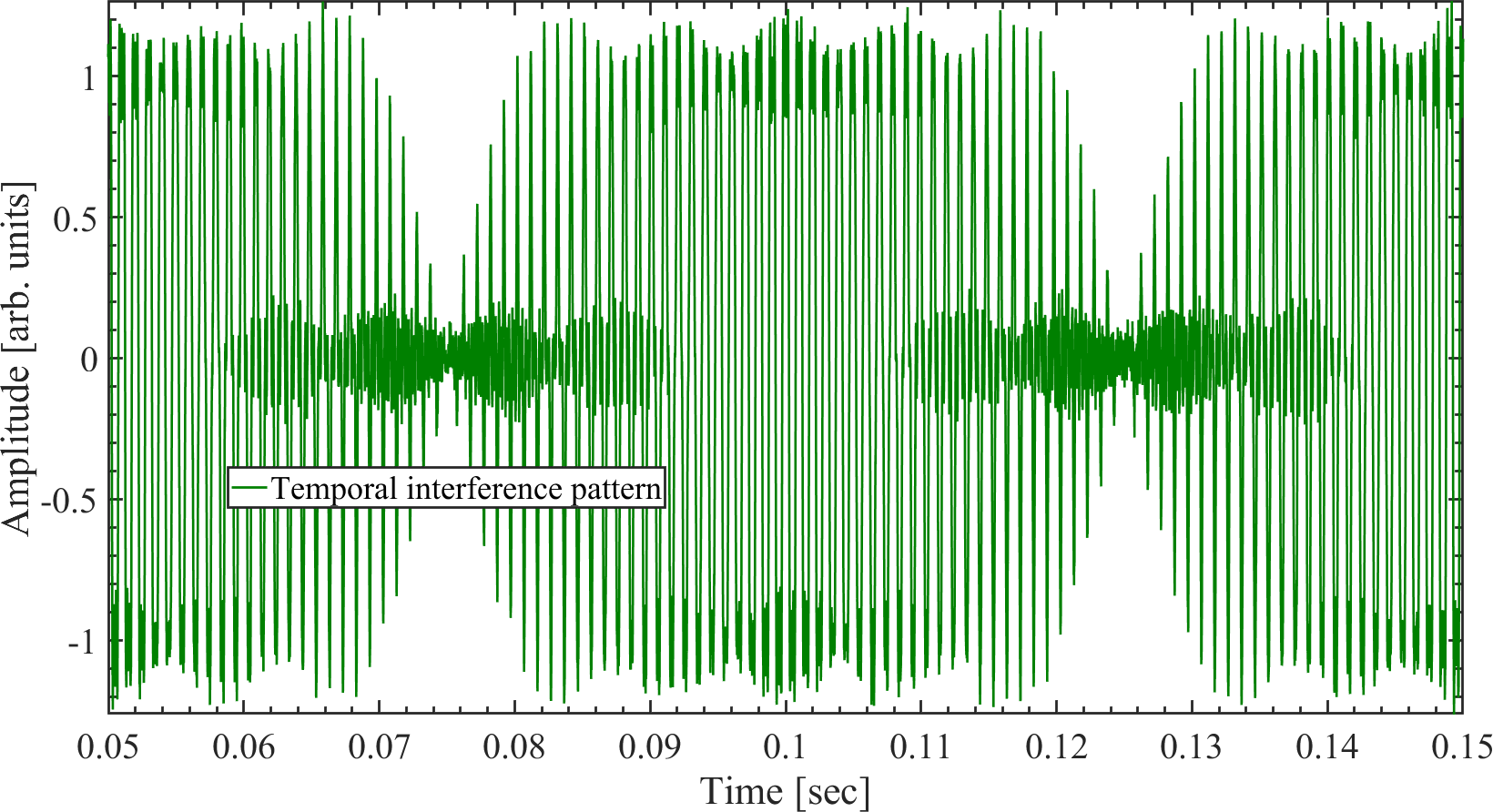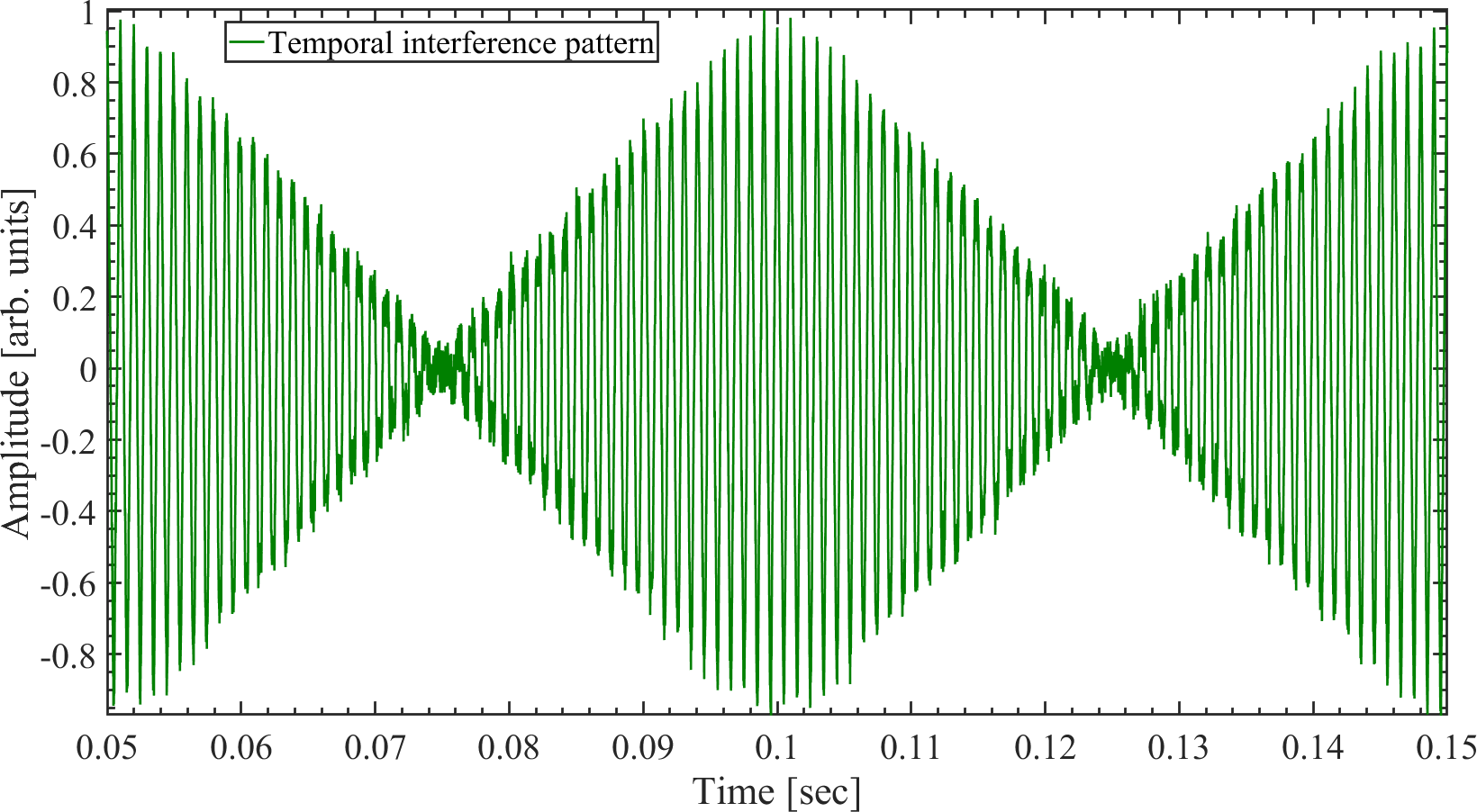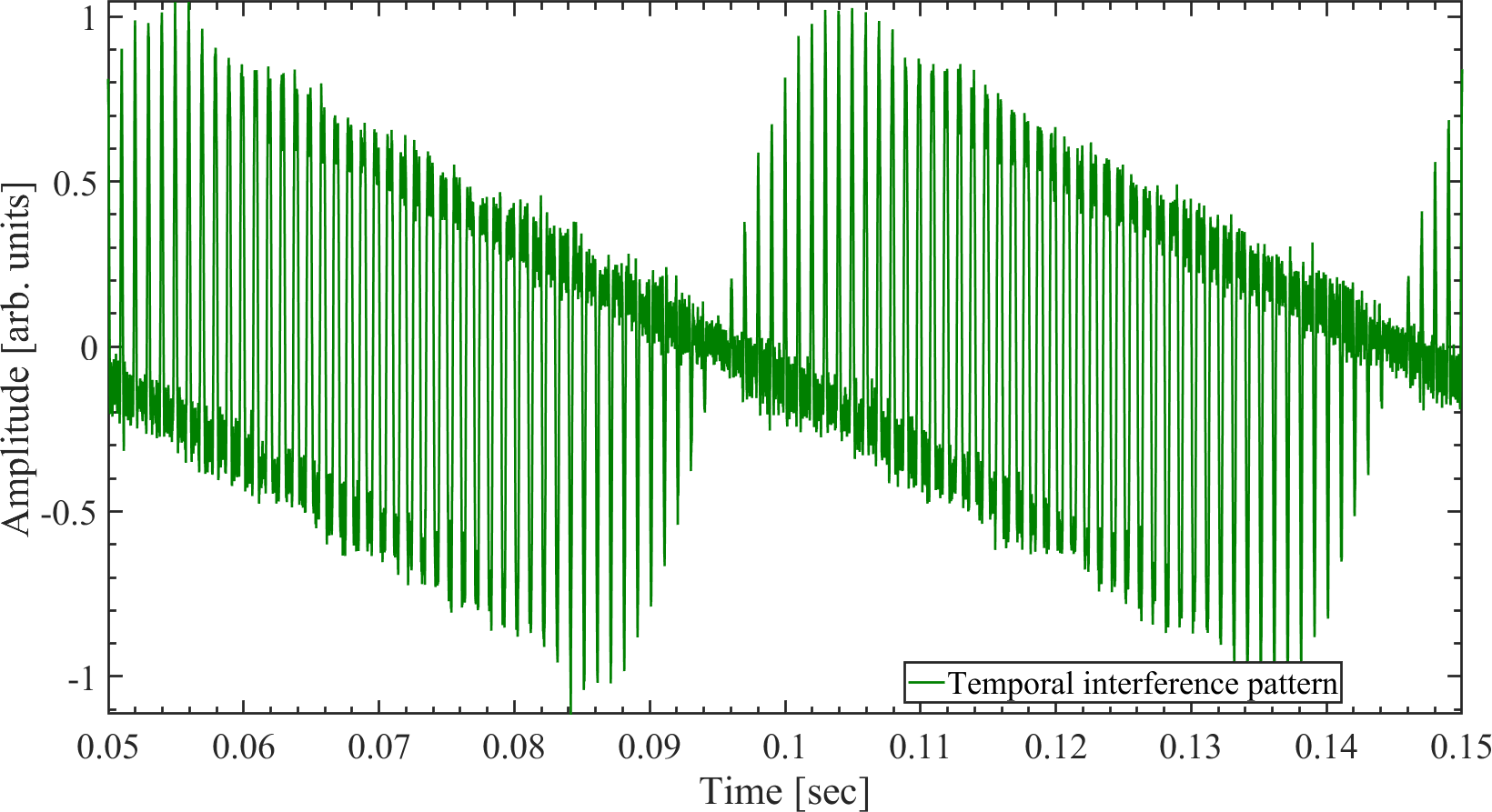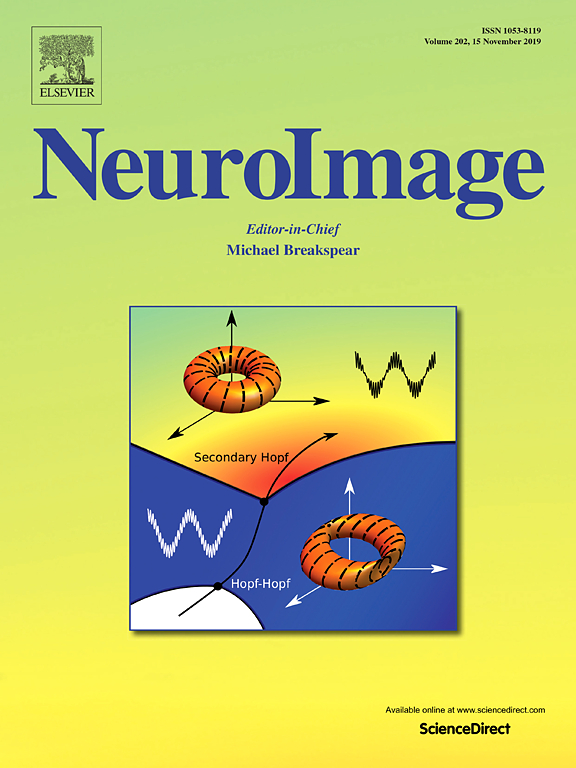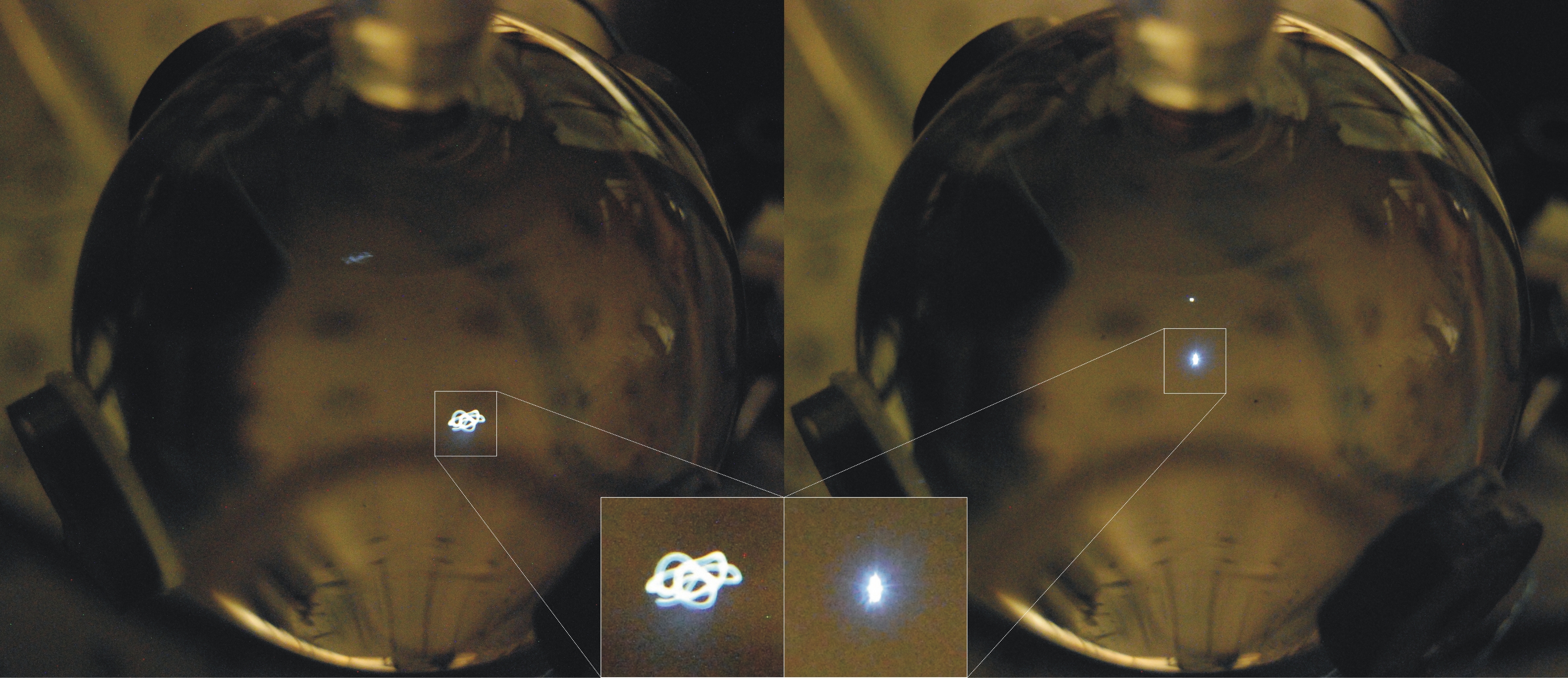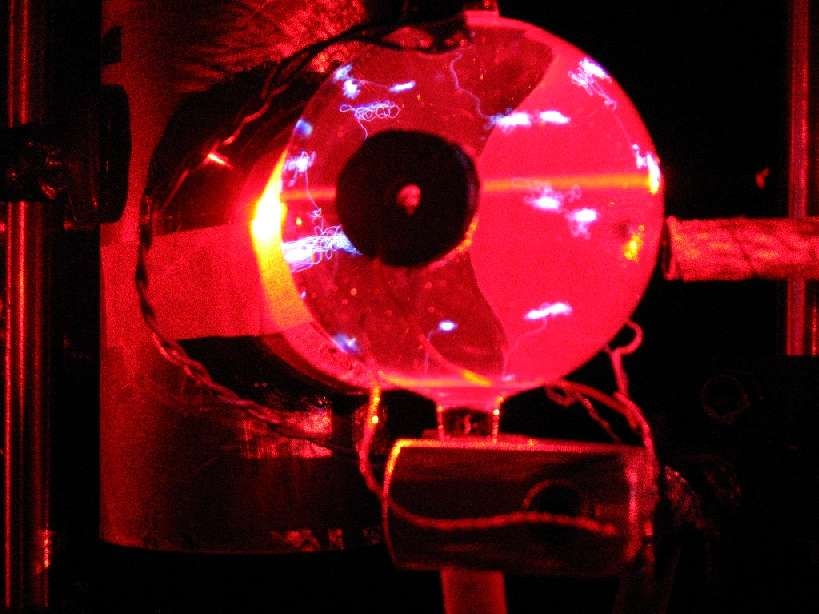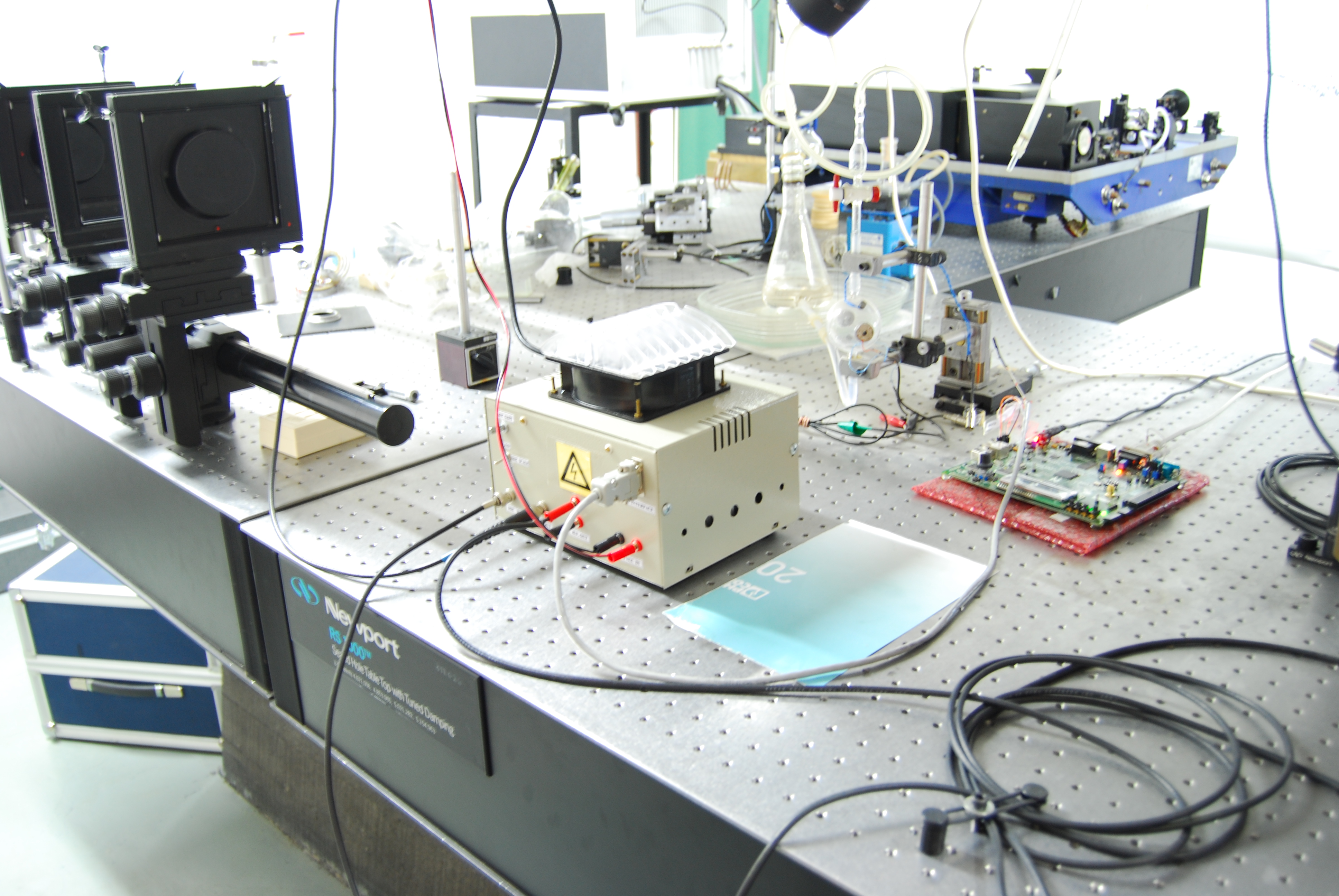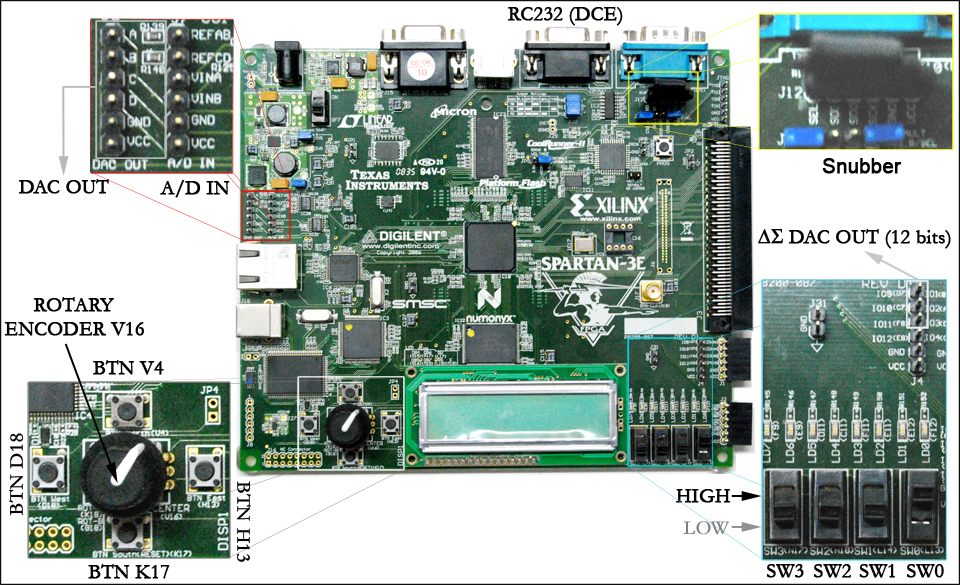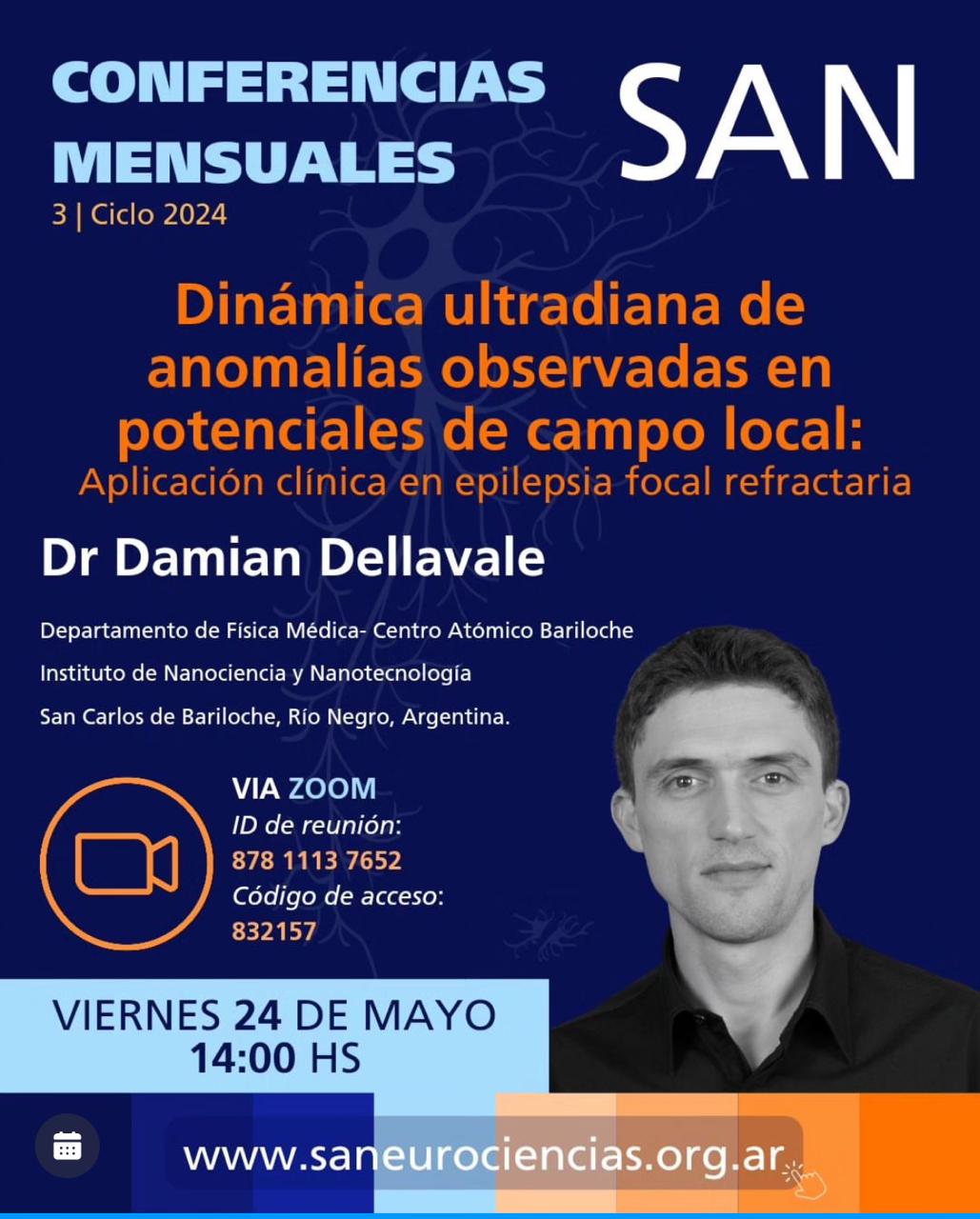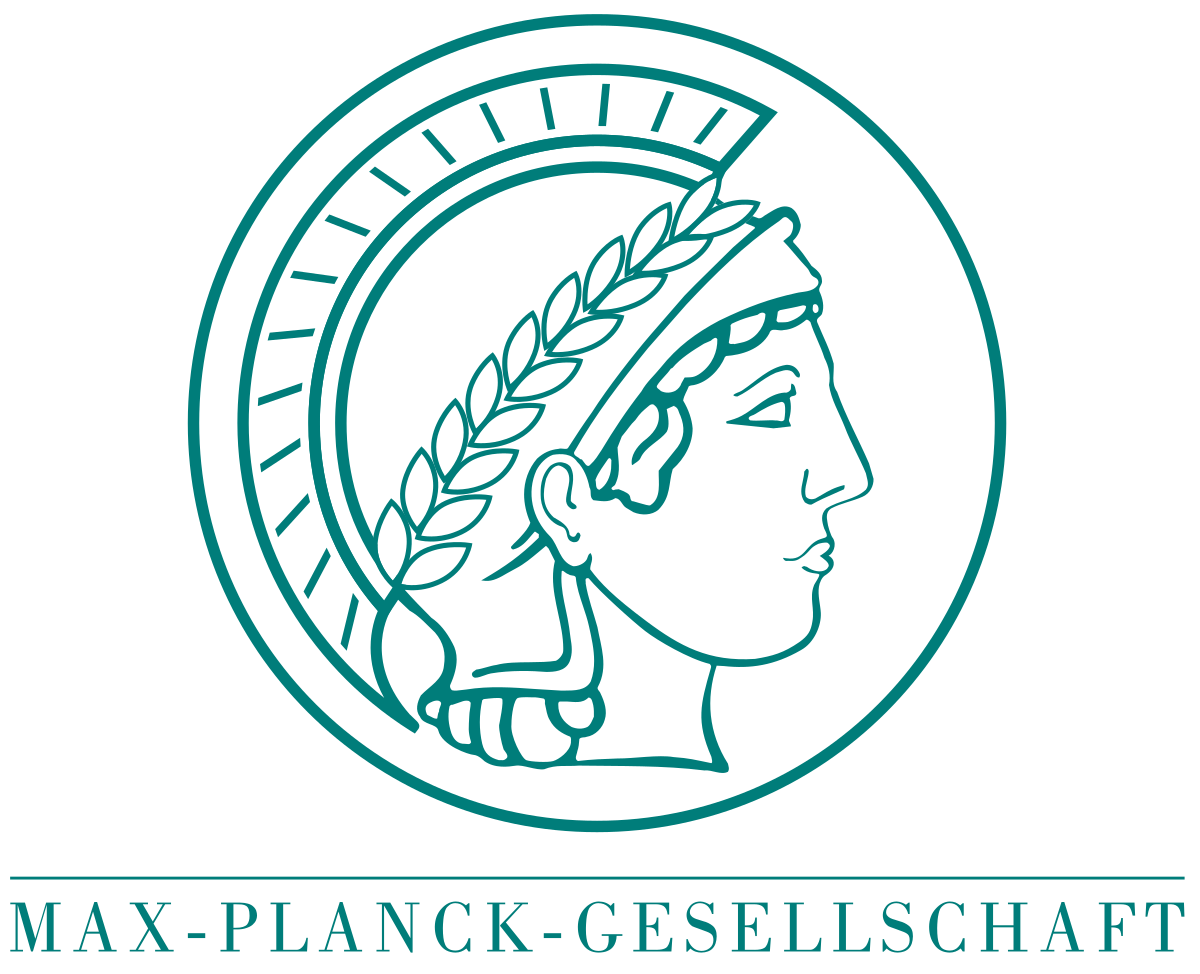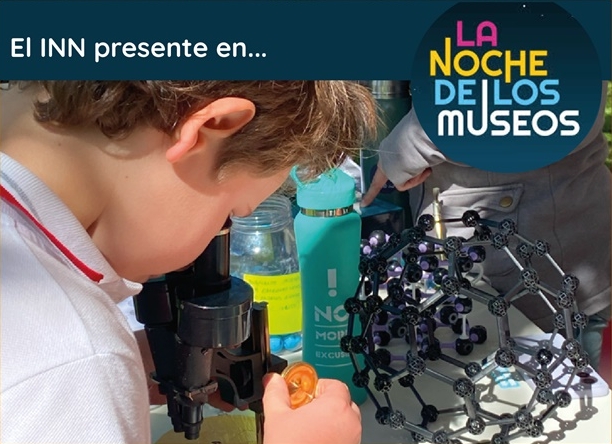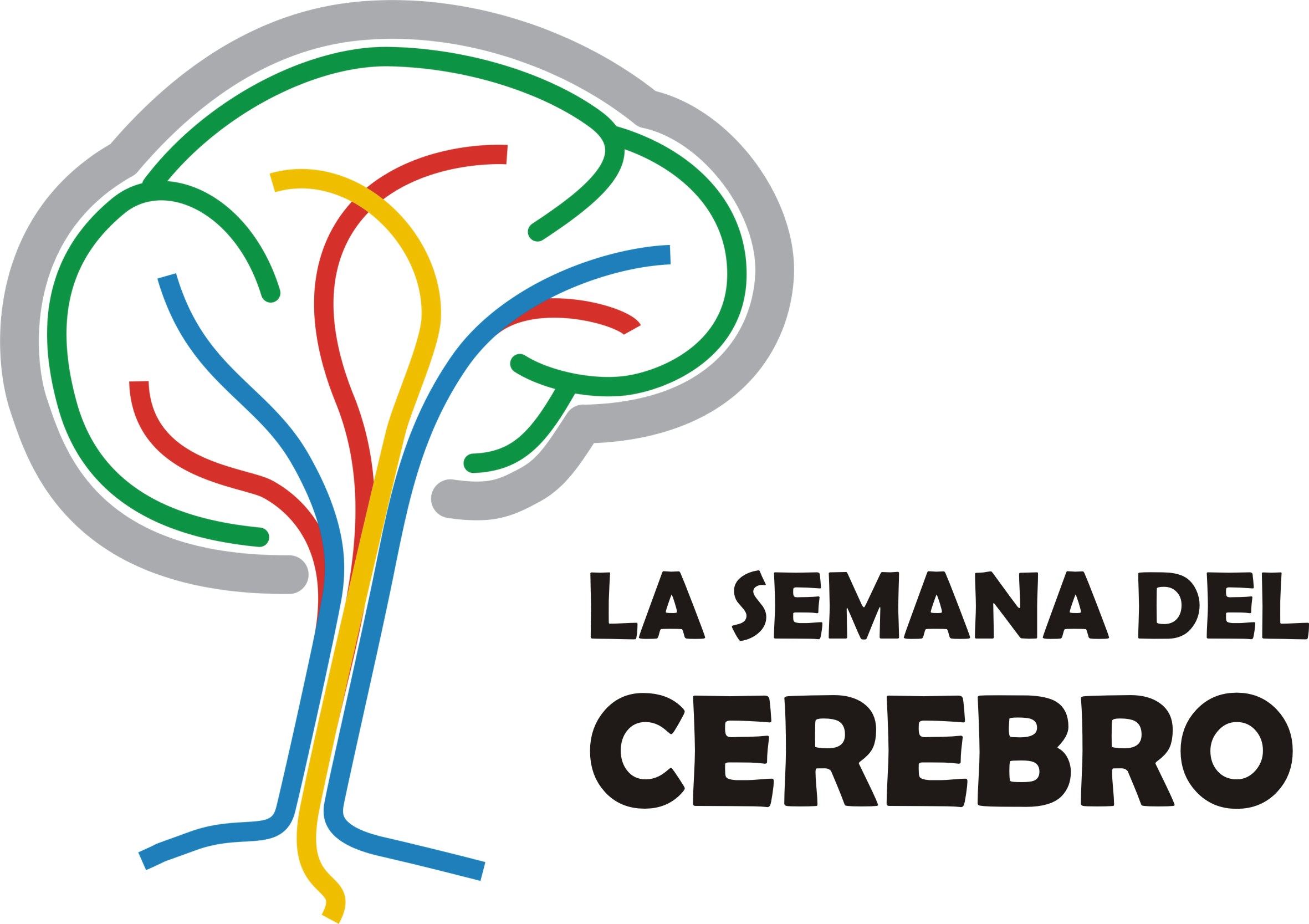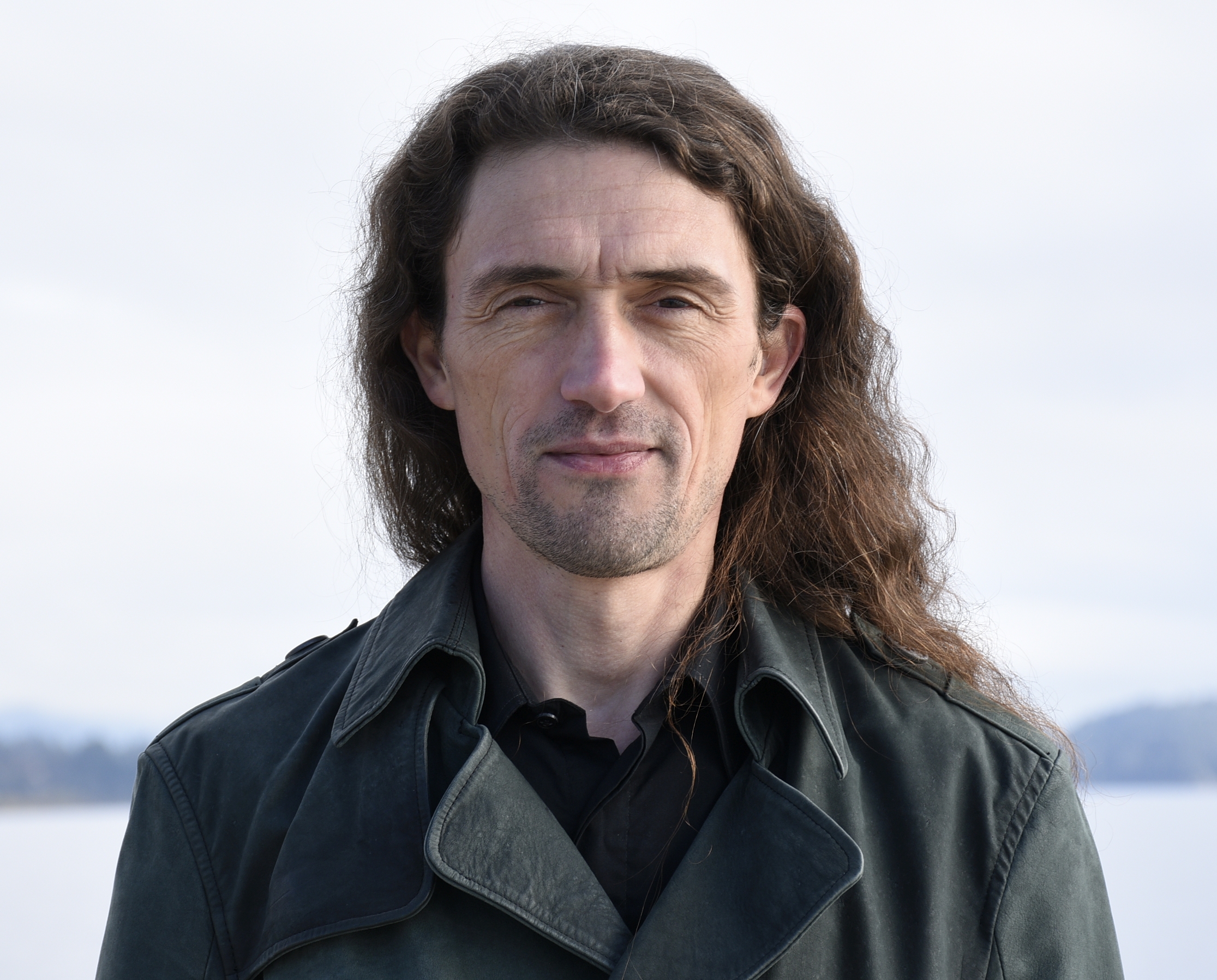
Bio
- (2025 - Present) Atlantic fellow for equity in brain health at the Global Brain Health Institute (GBHI), TCD Dublin, Ireland & UCSF San Francisco, US.
- (2014 - Present) Research associate of CONICET at Medical Physics Department - Centro Atómico Bariloche, Argentina.
- (2021 - 2023) Postdoc at the Institut de Neurosciences des Systèmes, Aix-Marseille Université &
Hôpital de la Timone, Marseille, France. - (2013) Postdoc at the Institute of Microelectronic Systems, Leibniz Univ. of Hannover, Germany.
- (2012) Postdoc at the Cavitation and Biotechnology Lab - Centro Atómico Bariloche, Argentina.
- (2011) Ph.D. in Engineering Science (funded by CONICET), Cavitation and Biotechnology Lab - Centro Atómico Bariloche & Instituto Balseiro - Univ. Nacional de Cuyo, Argentina.
- (2006) Professional improvement internship (funded by INVAP S.E.), Cavitation and Biotechnology Lab - Centro Atómico Bariloche, Argentina.
- (2005) Specialization in technological applications of the nuclear energy, CNEA, Argentina.
- (2003) Electronic Engineering, Univ. Tecnológica Nacional, Facultad Regional Córdoba, Argentina.
- (1993) Aeronautical Technician, ENET Nº 7, Córdoba, Argentina.
Machine learning and data analysis for translational research in neuroscience and biomedical applications. Epilepsy. Prodromal biomarkers of neurodegenerative diseases. Autonomic dysfunctions. Transcranial and intracranial neuromodulation. Oscillations and arrhythmic broadband activity. Nested biological rhythms. Analysis of transient fluctuations (anomalies) and large-scale coactivations (avalanches) in brain activity. Inverse problems and source reconstruction methods. Electrical Impedance Spectroscopy (EIS). Electrical Impedance Tomography (EIT). Imaging Photoplethysmography (iPPG). Signal processing in real-time using FPGA technology.
dellavaledamian at gmail.com
ddellavale at comahue-conicet.gob.ar
Consejo Nacional de Investigaciones Científicas y Técnicas (CONICET)
Departamento de Física Médica (DFM)
Instituto de Nanociencia y Nanotecnología (INN)
Centro Atómico Bariloche (CAB)
R8402AGP, San Carlos de Bariloche, Río Negro, Argentina
Academic and research network
